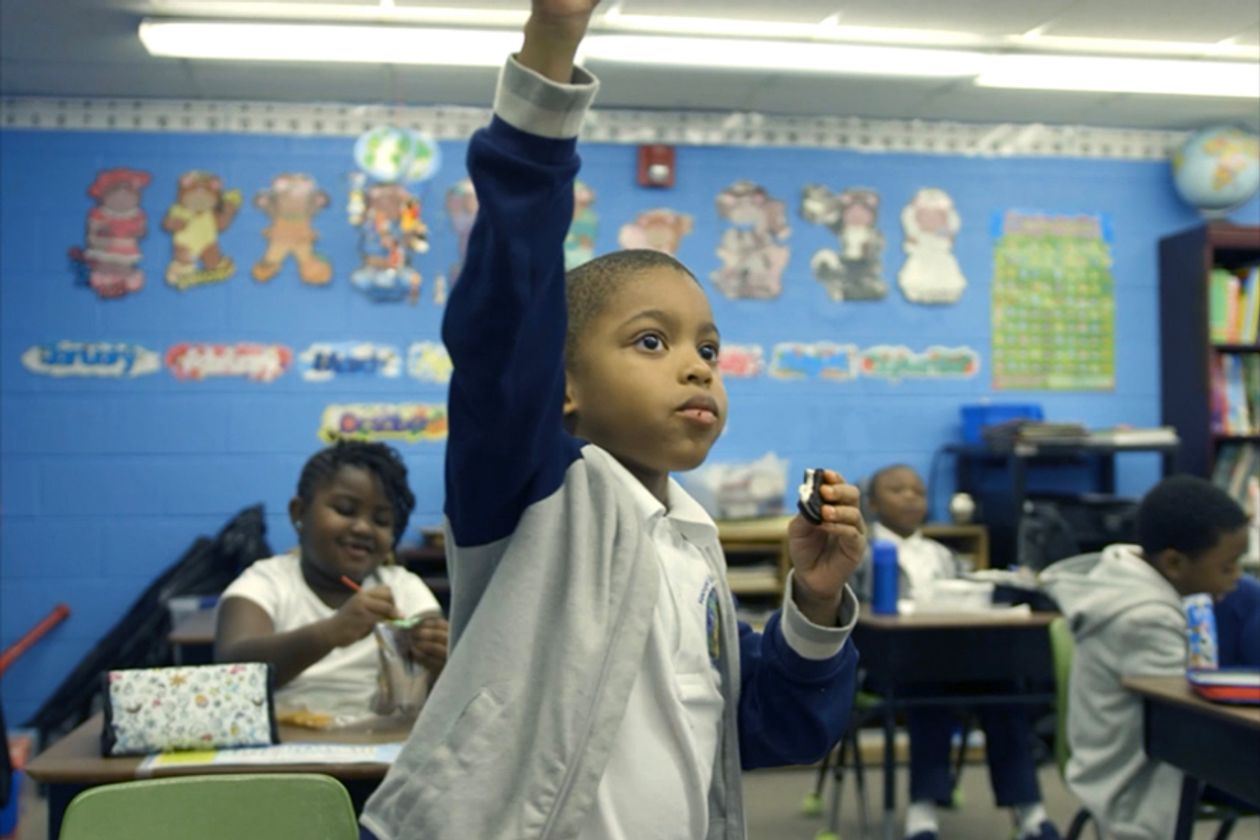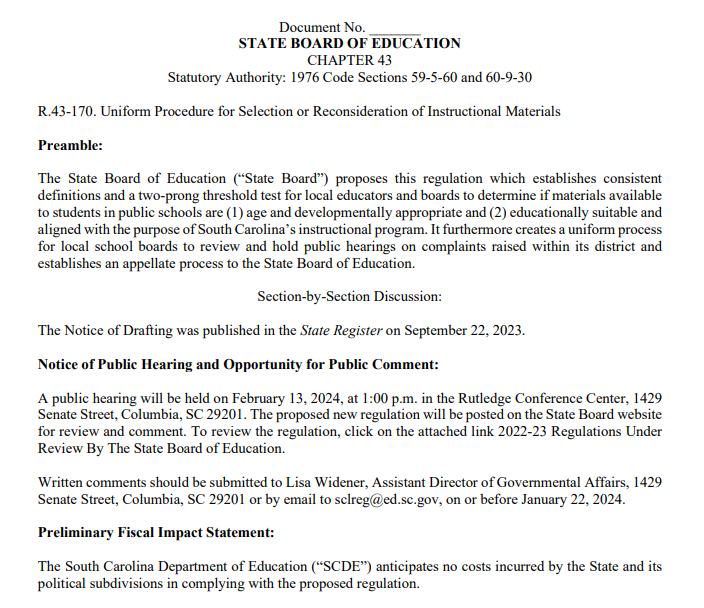The House Is On Fire: Where’s The Alarm?

Ellen Weaver
Indicators abound showing South Carolina’s failure to prepare many Palmetto State students for success.
Only 14% of South Carolina high school graduates met “college ready” benchmarks for English, Reading, Math and Science according to the most recent ACT results. You read that right: 14%. The average composite score for all South Carolina students was 18.5, well below the national average of 20.8. Compared to other states in the Southeastern region with comparable poverty rates and where 100% of students take the test, only Mississippi scored lower than South Carolina, clocking in with an average composite score of 18.4.
Over the last decade, South Carolina graduation rates have been on the rise. But what are students actually qualified to do when they graduate? Anecdotally, one major South Carolina employer recently shared that they must interview 11 people to find one minimally qualified applicant for entry-level positions with their firm. And almost half of South Carolina students who initially qualify for LIFE scholarships upon high school graduation are not academically able to maintain them through their first year of college.
Why does this matter so much? Consider the following:
- By 2030, experts estimate that two-thirds of all jobs in South Carolina will require at least a two-year or post-high-school credential or degree. If South Carolina students are not graduating prepared for post-secondary work, how will they be ready for careers, much less 4-year degrees, if that is their aspiration?
- The workforce (and future taxpayers) of tomorrow is in the classrooms of today. By 2030, U.S. Census Bureau estimates that 79 out of every 100 South Carolinians will be either under the age of 18 or over the age of 65. That is up from 59 out of every 100 today. And that means that 20 fewer workers will be paying for the additional education and health care benefits that the 79 will be consuming. This phenomena – which we’ve dubbed Hurricane Gray – means that workers of the future will face bigger bills and fewer resources. We can’t just throw more money at problems and hope they’ll solve themselves. More than ever, we need proven, cost-effective solutions.
- Much has been made of demographic achievement gaps in education. And the ACT results were no exception to that disturbing trend. Approximately 34% of white students met at least 3 of the 4 ACT benchmark scores, compared to only 16% of Hispanic students and 5% of African-American students.
While there is no single silver bullet to solve these dilemmas, there are proven ideas that are closing achievement gaps and empowering students to reach their full potential.
For example, over the last two decades, Florida leaders have largely pursued a bi-partisan agenda of data-driven accountability, high expectations, funding for achievement, choice for families and rewarding effective teachers.
The proof is seen in student success and dissected in PPI’s own recently updated report comparing South Carolina and Florida. In 1998, South Carolina students led Florida students in performance on a number of national tests, including the National Assessment of Educational Progress (NAEP), known as “The Nation’s Report Card.” But over the last decade, Florida far surpassed South Carolina in K-12 education outcomes, making incredible progress to close achievement gaps for low income, Black and Hispanic students.
Florida – and other states – are demonstrating the important fact that demography is not destiny…and that money alone is not the answer. Dramatic, sustained improvement for students is possible with robust reform.
Which brings us back to South Carolina.
Commenting on the ACT scores, Neil Robinson, Chairman of the South Carolina Education Oversight Committee said: “We simply cannot stand by and let data of this magnitude go unnoticed. We are doing a disservice to the students and families of this state if we don’t sound the alarm…”
He’s right. But will policy makers heed his call? Or will South Carolina be the proverbial frog in the pot of hot water that is so comfortable in its increasingly warm surroundings that it doesn’t realize it’s being boiled to death?
We have an undeniable moral, economic and fiscal imperative to pursue bold reforms to save South Carolina’s next generation of students TODAY. The question is: will we have the courage to fundamentally shake up a broken status quo?




